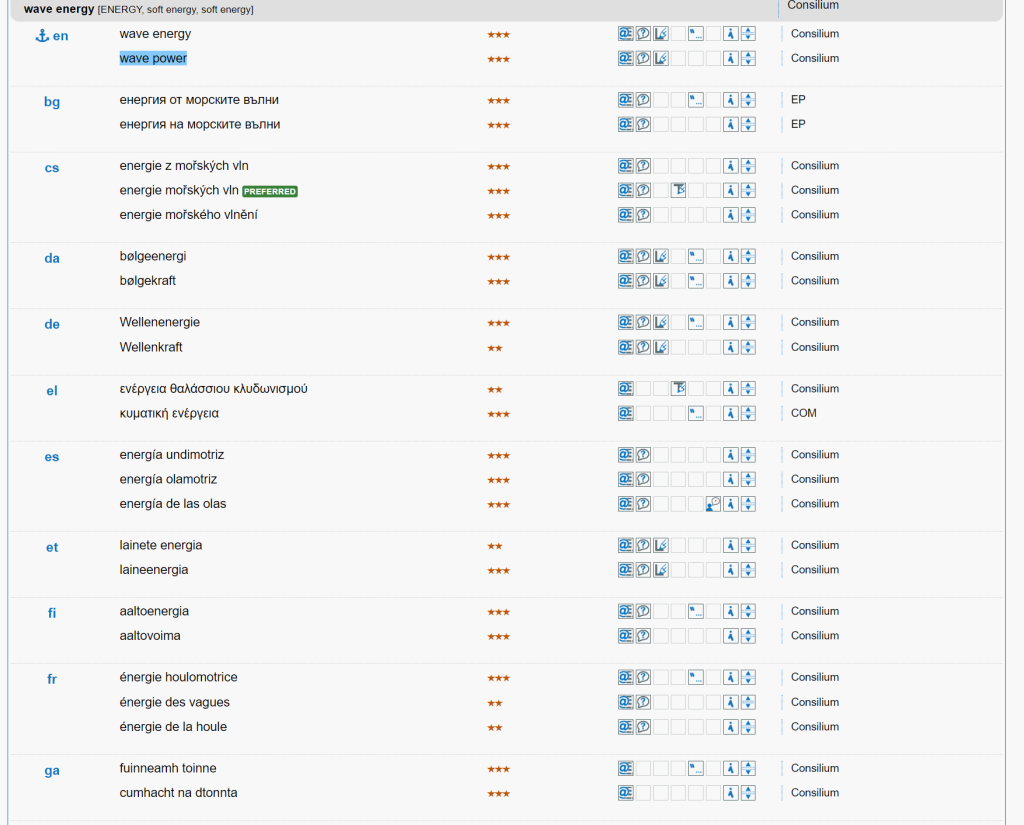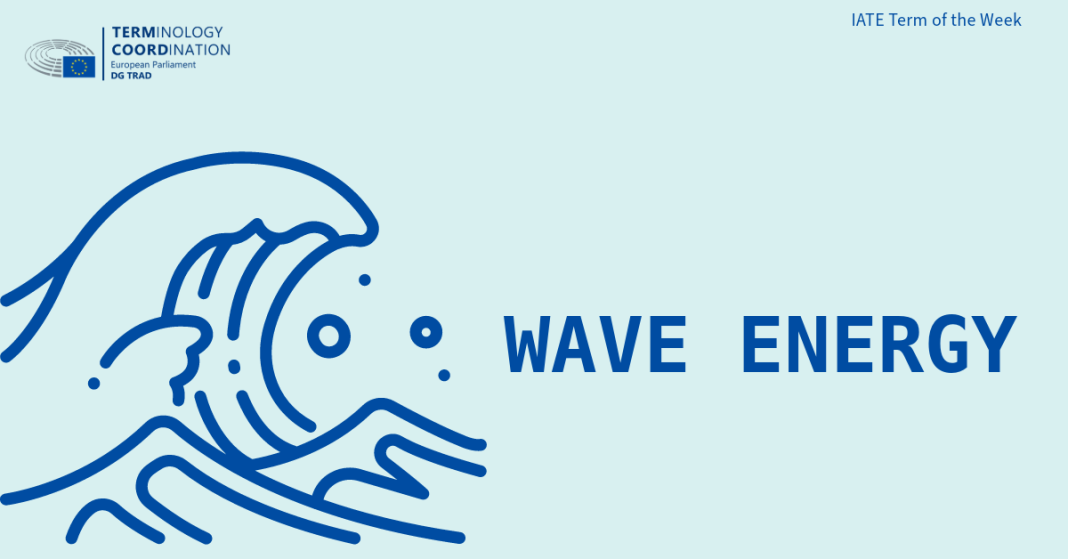Wave energy is a promising source of electrical energy that harnesses the perpetual motion of ocean waves. It falls under the category of alternative and renewable energy, distinguished by its constancy due to the continuous movement of the sea. Unlike finite resources such as fossil fuels, which contribute to harmful carbon emissions, wave energy offers a cleaner and sustainable alternative. By strategically placing electricity generators on the ocean’s surface, we can tap into the vast potential of the constantly moving waves.

In technical terms, wave power involves the conversion of the incessant movement of the sea into electricity. This renewable energy source is distinct from other alternatives, such as solar and wind, due to the consistent and reliable nature of ocean waves. As the waves rise and fall, they possess the potential to generate electrical energy, contributing to a sustainable and eco-friendly power supply.
As the European Union moves towards a more sustainable and resilient energy future, the spotlight is increasingly turning towards innovative and renewable sources. Among the initiatives launched by the Union are the WaveFarm and the EuropeWave projects.
WaveFarm:
In pursuit of the [DT1] renewable energy goals, the EU has set ambitious targets for ocean energy, aiming for at least 1 GW of installed capacity by 2030 and an impressive 40 GW by 2050. This 40 GW capacity could power approximately 40 million homes. The WaveFarm project, supported by the EU, focuses on scaling up wave energy production to industrial levels.
EuropeWave
Despite the immense energy potential of ocean waves, certain challenges hinder the commercial viability of wave energy technologies. The EuropeWave project addresses these challenges through an innovative ‘pre-commercial procurement’ approach. This EU-funded initiative aims to identify and fund the most promising wave energy technologies from developers across Europe.
In conclusion, wave energy, with its vast untapped potential, stands as a key player in the transition towards sustainable energy sources. The EU’s commitment to renewable energy targets, as exemplified by projects like WaveFarm and EuropeWave, demonstrates a strategic focus on advancing wave energy technologies. As these initiatives progress, the dream of harnessing the power of ocean waves to meet a significant portion of our energy needs is becoming a tangible reality.
Bibliography
European Commission. (2024). WaveFarm unleashes a wave of energy for a sustainable future. Retrieved from European Commission – Food, Farm, Fisheries – Oceans and fisheries: https://oceans-and-fisheries.ec.europa.eu/news/wavefarm-unleashes-wave-energy-sustainable-future-2024-01-31_en
European Commission. (2024). EuropeWave: driving wave energy innovation. Retrieved from European Commission – CINEA – Featured Projects: https://cinea.ec.europa.eu/featured-projects/europewave-driving-wave-energy-innovation_en
Ocean Energy Europe. (2024). Wave Energy. Retrieved from: Ocean Energy Europe – Ocean energy – Wave Energy: https://www.oceanenergy-europe.eu/ocean-energy/wave-energy/
Written by Marina Scelta
Born in Palermo (Italy), passionate about learning languages since a very young age, she studied Interpreting and Translation for English and French in her hometown, then moved to London for a Master’s Degree in the same domain (University of Westminster), eager to earn some first-hand experience in an international environment. In 2020, she decided to move back to Italy, where she applied for her second Master’s Degree in Foreign Languages for International Communication (Università degli Studi di Torino). In 2021, she had the opportunity to move to Strasbourg as an Erasmus student for almost one year, at the end of which she made of that city her new home. Currently in the process of writing her master’s thesis, in her free time Marina enjoys travelling, singing, walking in the nature, solving crosswords puzzles, and mostly looking around for vegan food.

